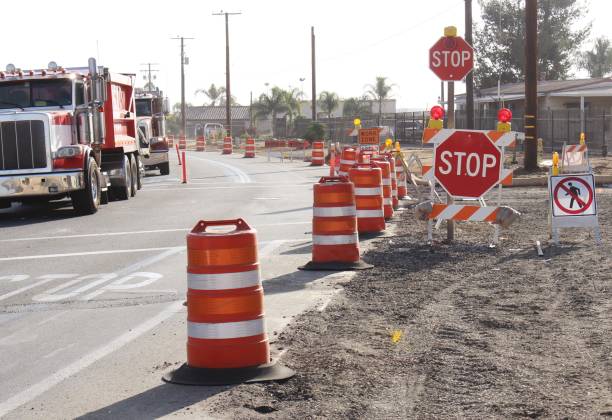A barrier system will be installed to divert traffic from the Queensferry Crossing road bridge following failed attempts to keep it open when ice falls from the cable stays. Bear Scotland has been testing different techniques in the hope of remedying a problem that has caused three closures to the bridge that was due to never shut, according to its designers Arup and Jacobs. The 2.7km structure is the longest three tower, cable-stayed bridge in the world and the largest to feature cables which cross mid-span. It was built alongside the existing Forth Road Bridge and carries the M90 motorway across the Firth of Forth between Edinburgh, at South Queensferry, and Fife, at North Queensferry Before it opened in August 2017, it was claimed the bridge would not be closed by high winds as barriers had been installed to protect it from high gusts. However since then problems have emerged, with wet snow building up and falling, in some cases breaking car windshields. Talking at NCE’s Bridge Design and Management conference on 28 June, Bear Scotland south east unit bridge manager Chris Tracey detailed the challenges encountered by the road maintenance company since it was awarded the Southeast Network Maintenance Contract by Transport Scotland. He said: “Ice accretion is not unique in any way to the Queensferry Crossing. Throughout the world structures have been affected by it. North America, Russia, Scandinavia, the far east in China, they get glazed ice, mostly, where it can last for several days and there are various methods that have been used to deal with it.” This isn’t what happens in the east of Scotland. At Queensferry, sudden, gusty heavy snow causes a slushy material to stick to the stays, falling off rapidly after building up to critical mass. This causes problems in enabling Bear Scotland to respond, as the snow doesn’t last for days or weeks as it does in other parts of the world. Transport Scotland has previously said “the potential for falling ice was identified during the design development” but that it was decided that it would be “managed by developing appropriate operational practices”, in line with “practice at the time on similar bridges elsewhere in the world”.

A Number of Solutions Were Considered By Bear Scotland.
including thermodynamic chemical mechanical systems and ice expulsion methods but none were deemed suitable. Tracey said: “Active methods involving ice expulsion equally disrupted the problem itself. Chains [running along the stays to knock ice off], for example – you couldn’t have traffic running across the bridge when you were running chains down the stays and knock it [ice] off onto the carriage.” Through studying the stays, it was discovered more ice stuck to them when there was grit and dirt present. To test other potential solutions, Bear Scotland recreated the real world conditions of the Queensferry Crossing at the Jules Verne Climatic Wind Tunnel in France. Tracey said: “We created the conditions which are associated with ice secreting up stays and concrete towers and what came out of this was that the best performing system was the clean system. “What we found is that the stays had become very dirty over the years and we thought if we tried to clean this off, it would have beneficial effects and it proved to be the most effective from the testing.” Structures specialist VSL conducted a three-month project to clean all 288 stay cables on behalf of Bear Scotland in August of last year with cleaning machines that were winched up the cables to jet-wash them remotely. Even though there were some positive results, automated barriers to speed up the process of diverting traffic away from the bridge, which can take six hours, are currently being installed. This, coupled with more than 2000 sensors installed on the crossing and an enhanced weather forecasting and risk system created in conjunction with a Norwegian-company, KVT, are intended to help officials react more quickly and efficiently. Tracey said: “We’re engaging with these guys and they’ve developed a system which they’re running in parallel with our current system. “A comparator of one event where we had a high risk forecast in our system [Mercury], the KVT system, in which we’re protecting similar crossing but slightly different, gave a risk category as a medium, so we wouldn’t have to react to that.” The new automated barriers are expected to dramatically reduce the time it takes to implement a diversion via the Forth Road Bridge, removing the need for most of the manual work. Manufactured by Spie in the Netherlands, they will be the first of their kind to be used in the UK.


Recent Comments